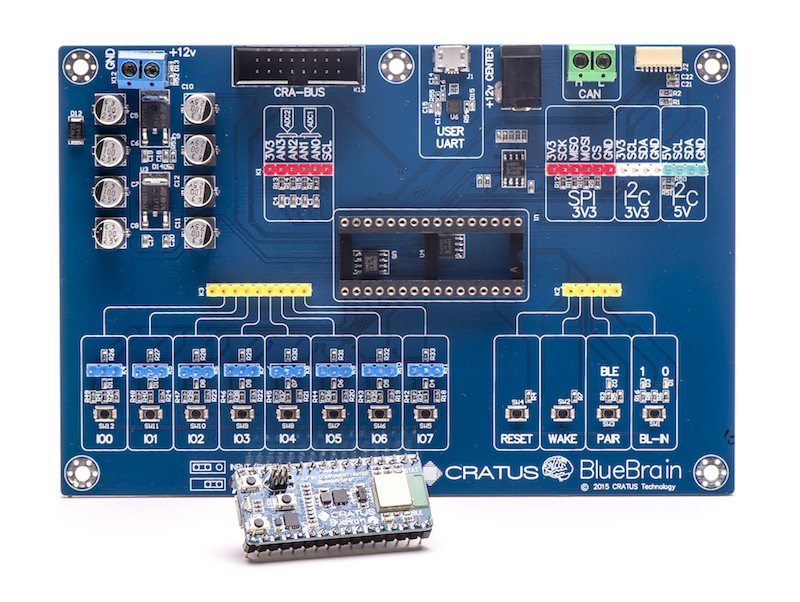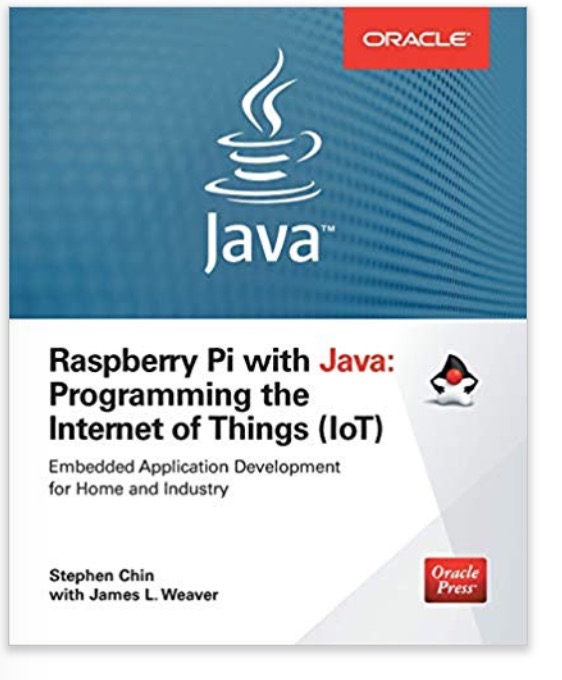Recent Posts
Development Platform For High-Performance IoT Applications Includes CAN Bus Interface
Posted by on
Fujitsu Components America announced its BlueBrain development platform for high-performance IoT applications is now available with a development breakout board and interface board, allowing designers to create a wireless monitoring and data collection system via Bluetooth. The enhanced BlueBrain Sensor-Based IoT System Platform will be available in Summer 2017 as a standard product through distribution.
Jointly developed with CRATUS Technology Inc., the BlueBrain platform features a CORTEX-M4 microcontroller from STMicroelectronics and a Bluetooth Low Energy wireless module from Fujitsu Components. The embedded hardware, software, and industry-standard interfaces and peripherals are designed to reduce the time and expertise needed to develop and deploy wireless, sensor-based products running simple or complicated algorithms.
The Breakout Board provides switch inputs and LED outputs to test I/O ports and functions, as well as programming interfaces for proof of concept and application development. The Interface Board provides additional sensors and interfaces and may also be used in parallel to expand the development platform.
The BlueBrain Edge Processing Module attaches to a standard, 32-Pin 1.6” X 0.7” EEPROM-style IC socket, or equivalent footprint, on a mezzanine board to address specific markets and applications including industrial, agriculture, automotive and telematics, retail, smart buildings and civil infrastructure.
- Download/View the BlueBrain data sheet (PDF)...
- More Information...
Raspberry Pi with Java: Programming the Internet of Things (IoT) fills an important gap in knowledge between seasoned Java developers and embedded-hardware gurus, taking a project-based approach to skills development from which both hobbyists and professionals can learn.
By starting with simple projects based on open-source libraries such as Pi4J, hobbyists can get immediate results without a significant investment in time or hardware.
Later projects target simplified industrial use cases where professionals can start to apply their skills to practical problems in the fields of home automation, healthcare, and robotics.
This progression prepares you to be an active participant in the IoT revolution that is reshaping our lives.
For the hobbyist:
- Hardware used in projects is affordable and easily accessible
- Follows a project-based learning approach with a gradual learning curve
- Projects are based on open-source code repositories with commercial friendly licenses
For the professional computer engineer:
- Uses an industry-standard platform that allows for high performance, secure, production-ready applications
- Introduces Java SE Embedded for large devices and Java ME Embedded for small devices
- Code is portable to a wide variety of ARM and MIPS based platforms
- Provides practical skill development with advanced projects in the fields of home automation, healthcare, and robotics
 Loading... Please wait...
Loading... Please wait...


